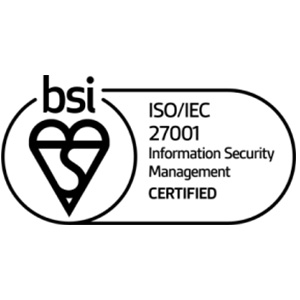In an era of rising protectionist tariffs, businesses that export or import must adopt strategic measures to maintain resilience and competitiveness.
Protectionist policies can disrupt supply chains, increase costs, and limit market access. Below are the top five actions organisation can take to safeguard their operations for both sales channels and supply chain.
Top 5 Recommendations: Sales Channel Adaptability
- Diversify Market Presence: Reduce reliance on markets imposing high tariffs by expanding into countries with lower trade barriers. Market research and strategic partnerships can facilitate new opportunities.
- Enhance Product Value: Differentiating products through innovation, branding, or quality improvements can justify higher prices and offset tariff costs.
- Reassess Pricing Strategies: Adapt pricing models to account for tariff impacts while remaining competitive. Businesses should consider absorbing some costs, passing them on to consumers, or adjusting product offerings.
- Leverage Tariff Mitigation Strategies: Options such as establishing foreign manufacturing bases, reclassifying products under different tariff codes, or taking advantage of duty drawback schemes can help alleviate tariff burdens.
- Engage in Policy Advocacy: Participate in industry associations and government consultations to influence trade policy decisions. A proactive approach can help shape regulations that are favourable to exporters.
Top 5 Recommendations: Supply Chain Resilience
- Diversify Supply Chains: Businesses reliant on imports should seek alternative suppliers in tariff-free or lower-tariff regions. Engaging multiple suppliers mitigates the risk of price shocks and supply disruptions.
- Explore Domestic Sourcing: Assess the feasibility of sourcing goods locally to reduce dependency on foreign suppliers. Government incentives may be available to support domestic procurement.
- Negotiate with Suppliers: Work with international suppliers to share the tariff burden, renegotiate pricing, or explore alternative shipping arrangements to minimise costs.
- Utilise Free Trade Agreements (FTAs): Identify and leverage existing FTAs to reduce tariff exposure. Businesses should stay informed on changes in trade agreements that may offer more favourable terms.
- Optimise Inventory Management: Increase buffer stocks of critical goods to hedge against tariff-induced supply disruptions. Just-in-time inventory models may need adjustment to accommodate market volatility.
Protectionist tariffs present significant challenges, but organisations can navigate them effectively through strategic planning and adaptability. Importers and exporters alike must stay informed, agile, and proactive to ensure long-term success in a shifting global trade environment.
Griffiths & Armour recommends that organisations take the opportunity to review their business continuity and supply chain risk management approach to reflect this new environment. Additional guidance and template documentation covering business continuity and supply chain risk management is available within RMworks, Griffiths & Armour’s online risk management portal available to all clients.
Further information on RMworks is available here.











